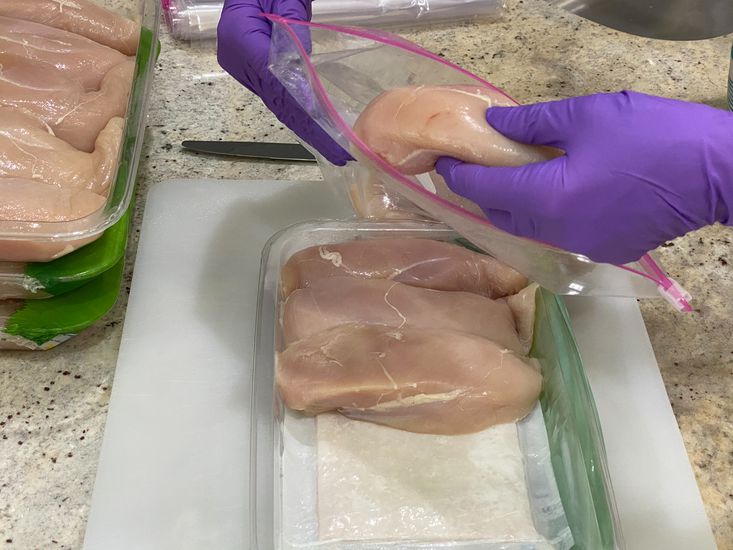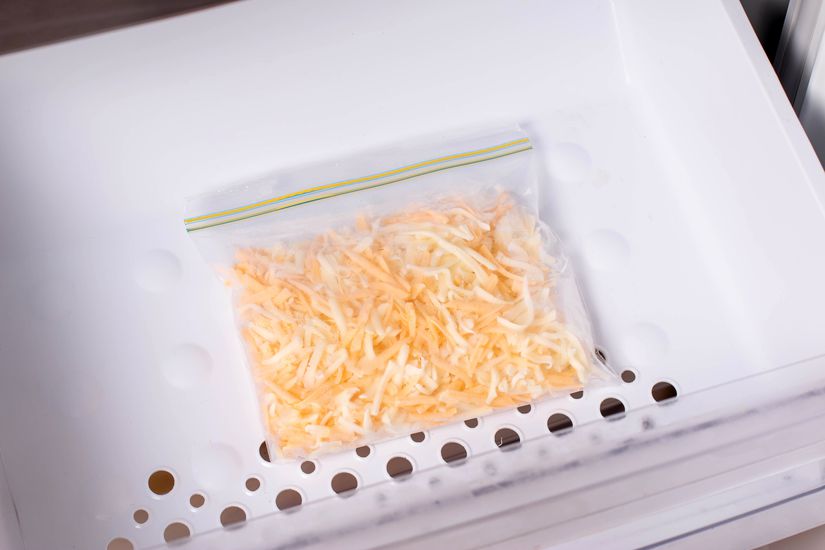Cold Comfort
Maybe your most recent freezer sweep will yield some surprises: slices of homemade bread that have crumbled beyond use; freezer-burned fruit stored for healthy shakes never made; and those long-forgotten, once-pink (pork?) chop. Read on for a sampling of guidelines that are not only practical but also economical, an easy reference for stocking up on sale items to freeze for future use.
Related: How Long You Have to Safely Eat Unrefrigerated Foods





































